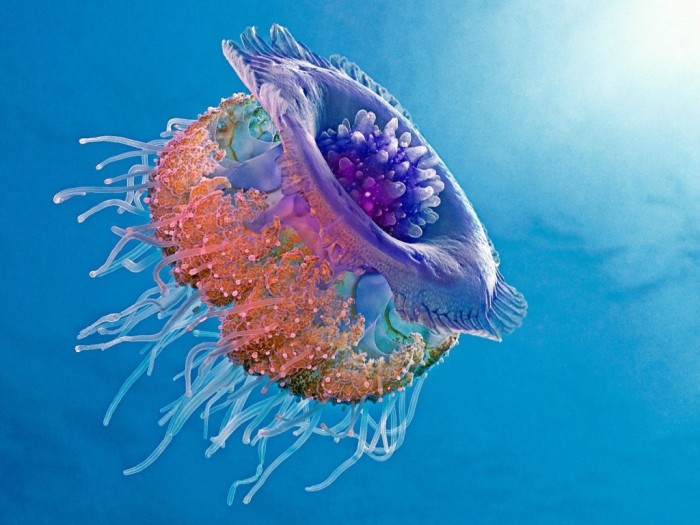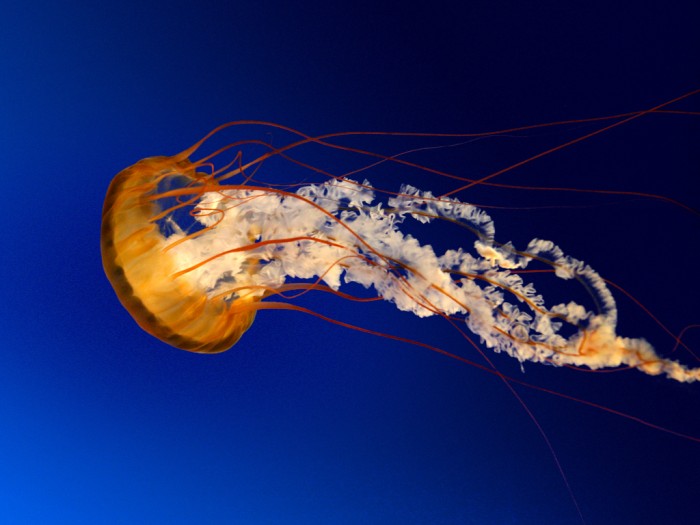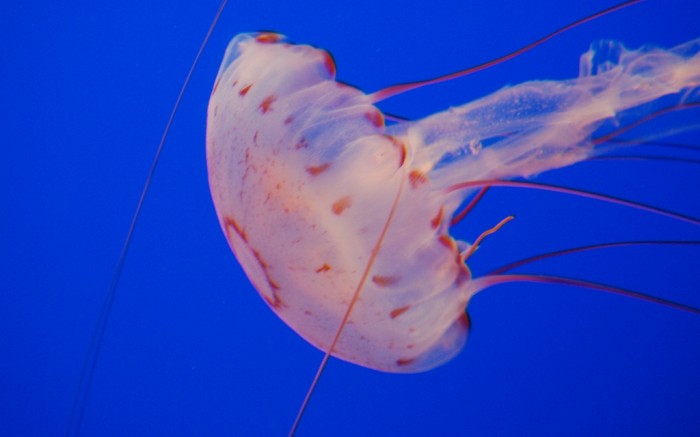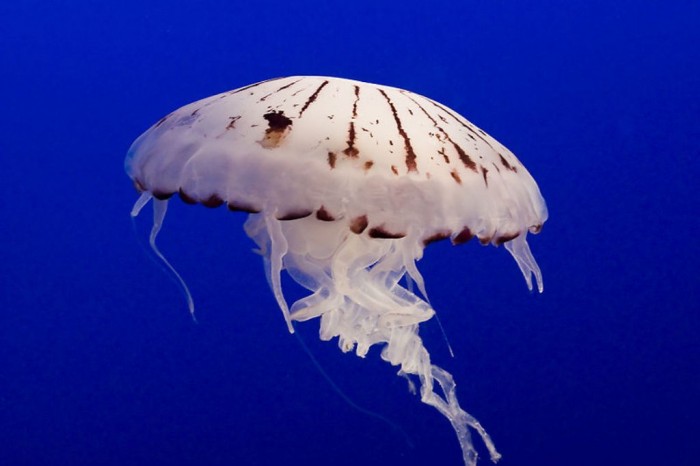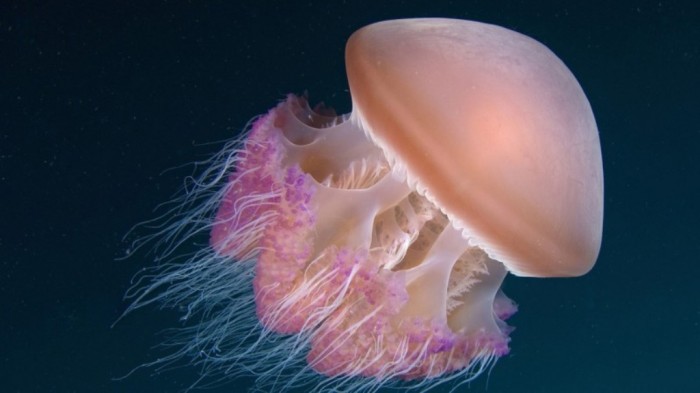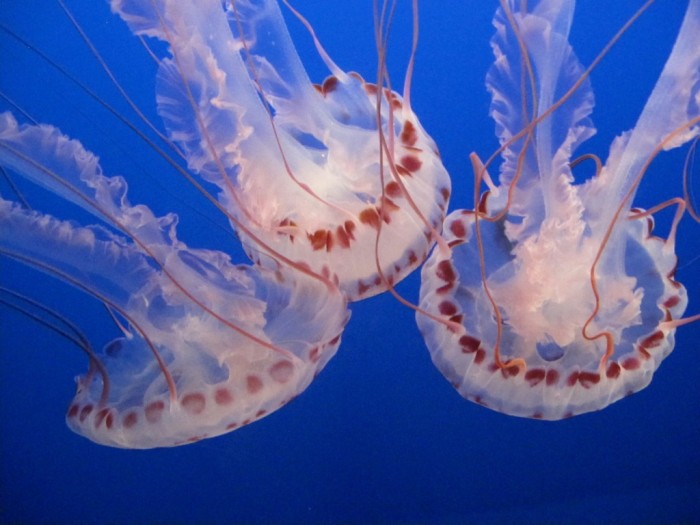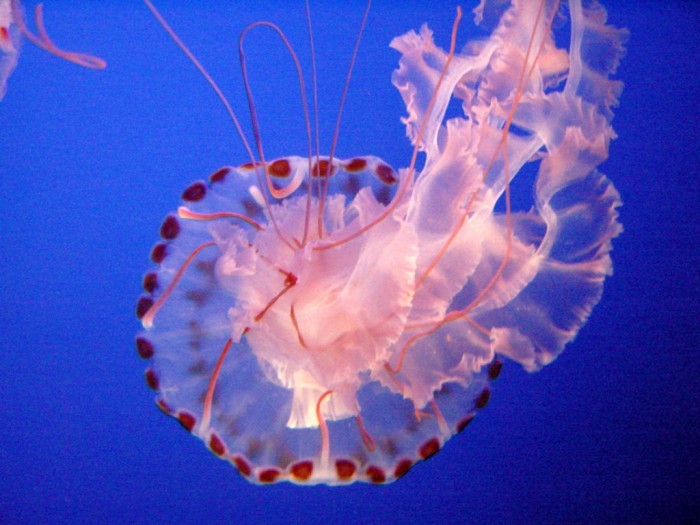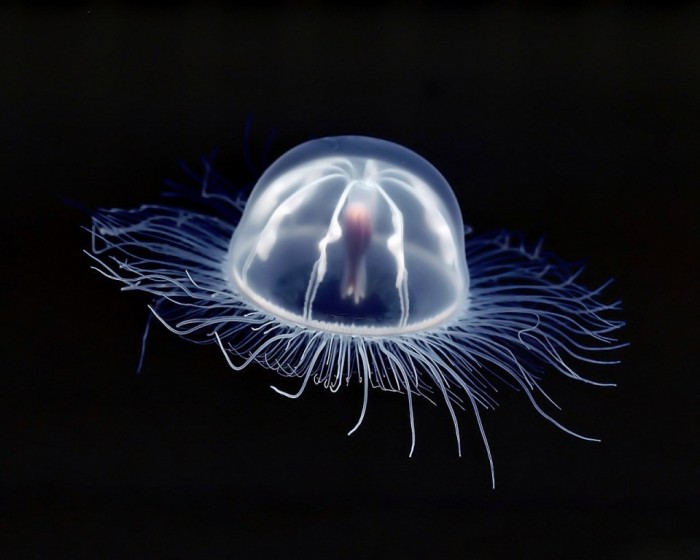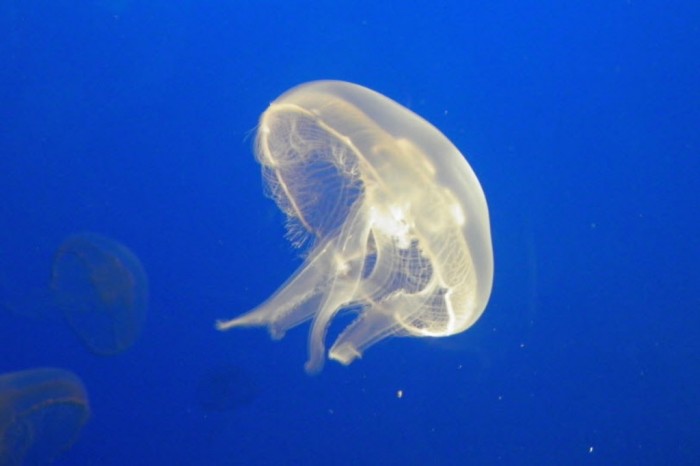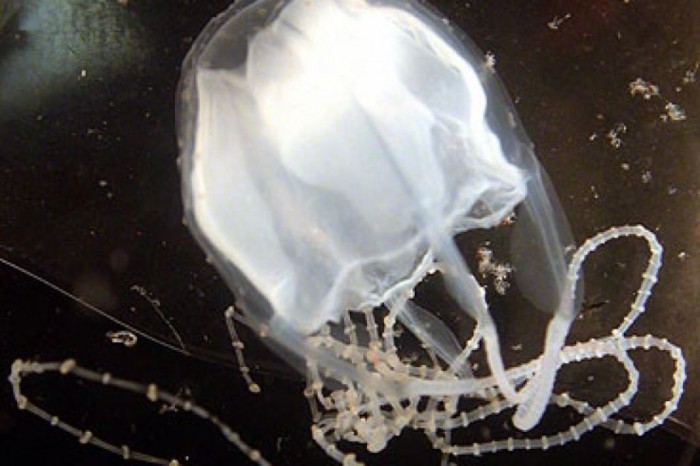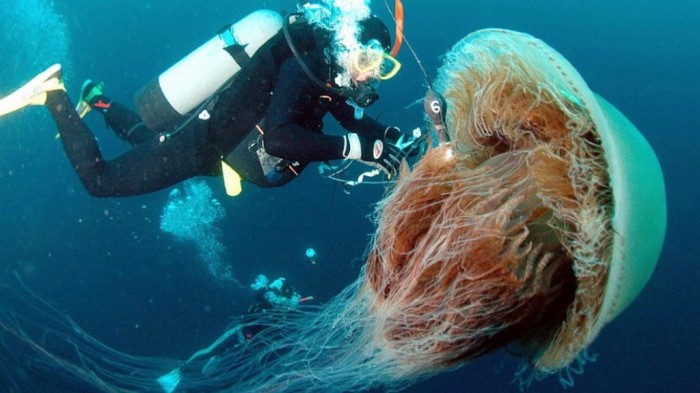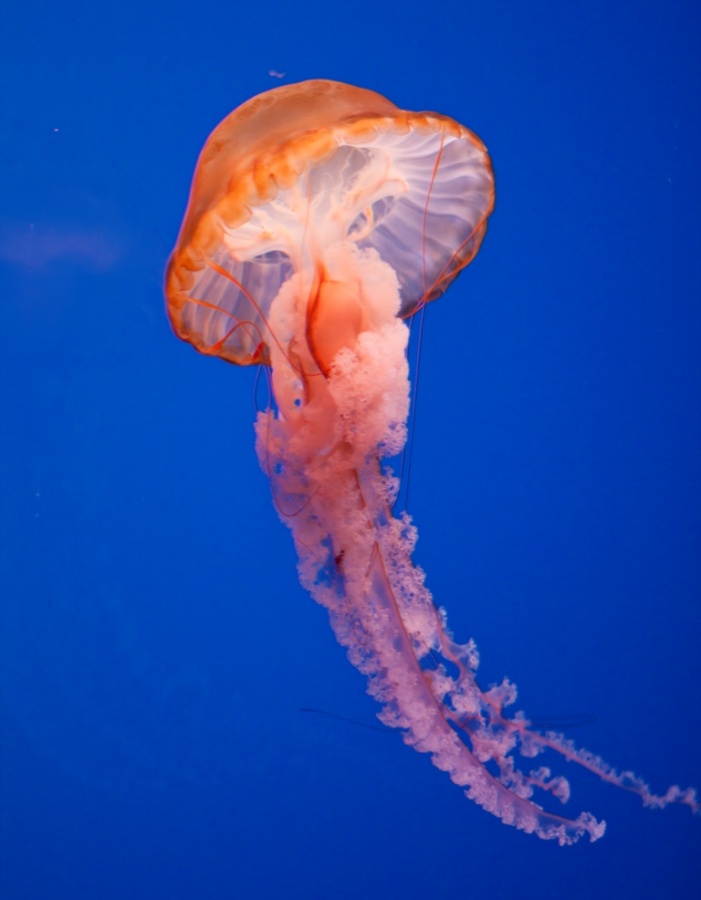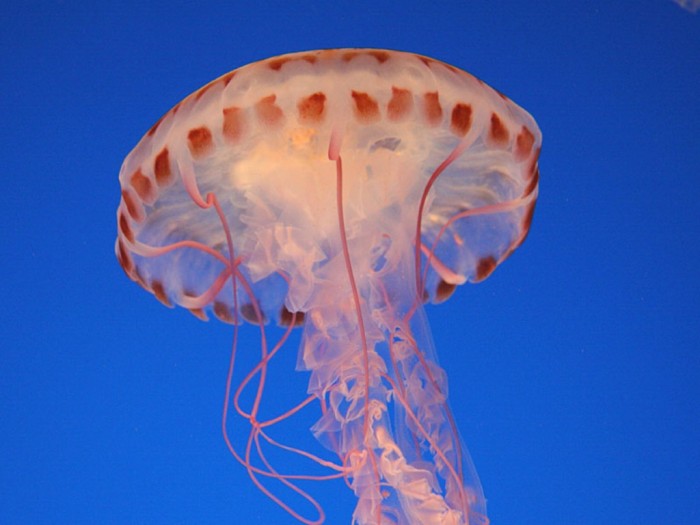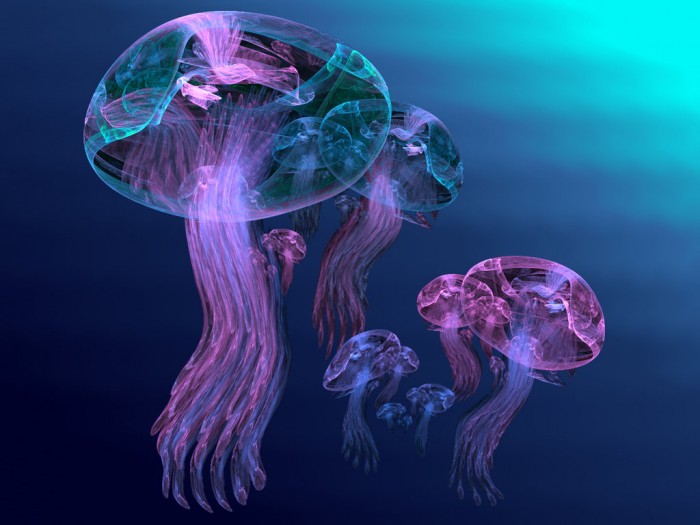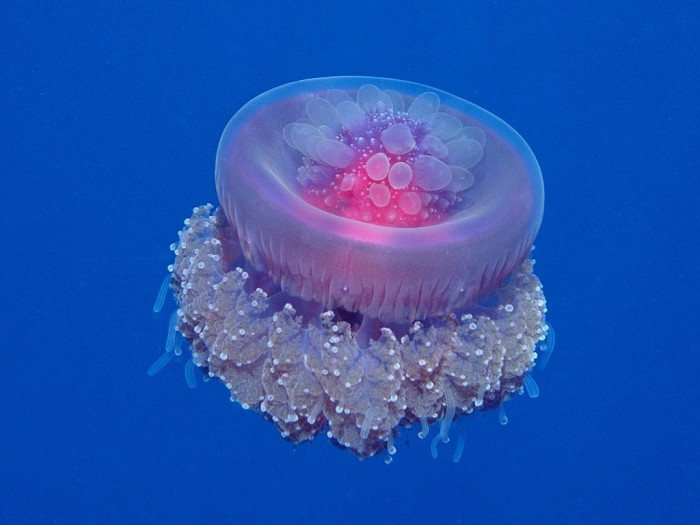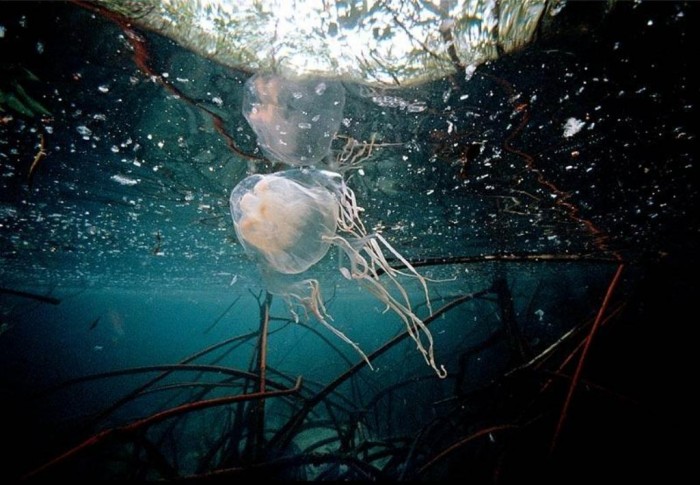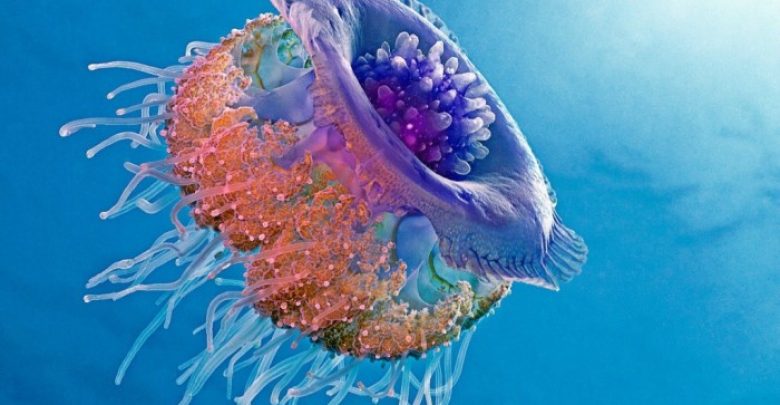
Most of the people enjoy spending their time in hot weather on the beach to get a suntan and to escape from the weather to the water to enjoy swimming. But what will you do if you know that there is something in the water in which you swim that can sting you and lead to your death?. You will certainly escape from this water and stay on the beach to just look at it without getting closer. You may ask yourself, what is going to sting me and make me escape from the water to stay in the hot weather under the burning sun? It is the deadly jellyfish. Did you hear anything before about what it can do to you?
♦ Jellyfish increase rapidly in a shocking way
The number of jellyfish increases rapidly and this is because of overfishing that has led to decreasing jellyfish predators, because of the global warming, the changing temperatures of water, pollution and low oxygen. The number of jellyfish does not increase at just one or specific place, but it unfortunately increases in popular beach resorts that spread in different countries around the world. You can find jellyfish in a huge number in Hawaii in which you can sometimes find about 800 or 1.000 persons are stung in just one day, in The Great Barrier Reef, The French and Spanish Rivieras, Chesapeake Bay, the Mediterranean Sea and other popular beaches to which we resort every year.
♦ Destructive and deadly creatures
Jellyfish exist in over 2.000 species that spread in the waters of different countries around the world. It is thought that the increasing number of the jellyfish is going to affect tourism and make swimmers escape from the beaches. They killed thousands of farmed salmon in Ireland, stung thousands of tourists and destroyed fisheries.
Most of the Jellyfish’s stings do not harm you at all, while some of them cause terrible pain for you. The deadliest jellyfish in the whole world are the box jellyfish and they are also known as the cube-shaped medusa. Big box jellyfish can be found in several species such as chironex quadrigatus in Japan, chironex fleckeri in Australia and other species that led to many deaths.
The chironex fleckeri which is the Australian box jellyfish that is also known as the sea wasp is considered to be the deadliest and the most venomous animal in the world. It has long tentacles that reach up to 3 meters and a bell that is as big as a human head. Another deadly jellyfish is Irukandji which is as small as a thimble. These deadly jellyfish are toxic and lead to death. Their stings make you feel a terrible and unbearable pain, breathe hardly, vomit without stopping, unable to move your limbs and your blood pressure goes up.
There are many places in the world that are thought to be safe and free of dangerous jellyfish but in fact they are not as you can find these deadly jellyfish in Australia, Hawaii, Florida, Caribbean, Wales, India, Philippines, Malaysia, Thailand and New Caledonia. Australia is ranked as the first country for having deadly jellyfish and that is why it takes all the necessary precautions and provides its tourists with the needed safety through preventing them from swimming in the waters in which there is deadly jellyfish.
♦ How to protect yourself and cure a jellyfish’s sting?
It is commonly known that a jellyfish sting can be treated through using urine but in fact, it is not advised. Scientific reports confirm that peeing on a jellyfish sting can make it worse as the urine can stimulate the stingers of the jellyfish to release more and more venom in your body which causes more pain.
♦ The right cure for the stings
Curing the stings depends on the type of the water in which you are stung. If you are stung in a tropical water, you will need to wash the stung area with saltwater that can help you to deactivate the parts of the stingers that are hanging on and are known as nematocysts. Do not use freshwater for washing the stung area as it gives an opposite effect and increases the venom that is released to cause you more pain.
In North American waters, it is recommended to use vinegar, 5 percent acetic acid, baking soda, hot water or seawater paste. You can after that remove the attached bits of tentacle by using a shaving cream to coat them or a slurry of sand and seawater and shave them after that through using a credit card or a razor.

